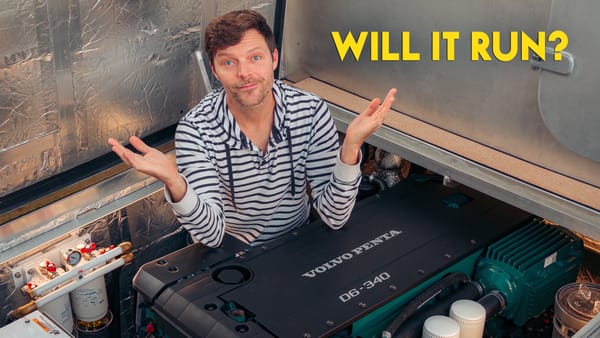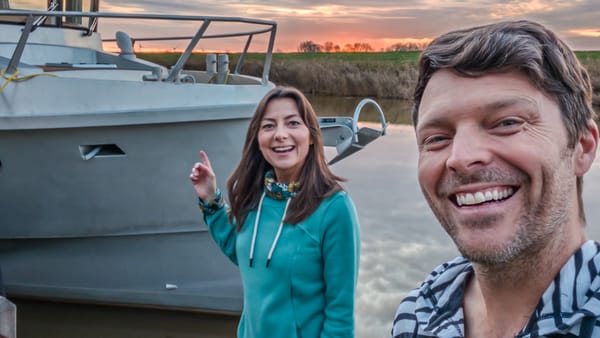Experiencing Geisha, Most Expensive Coffee In The World
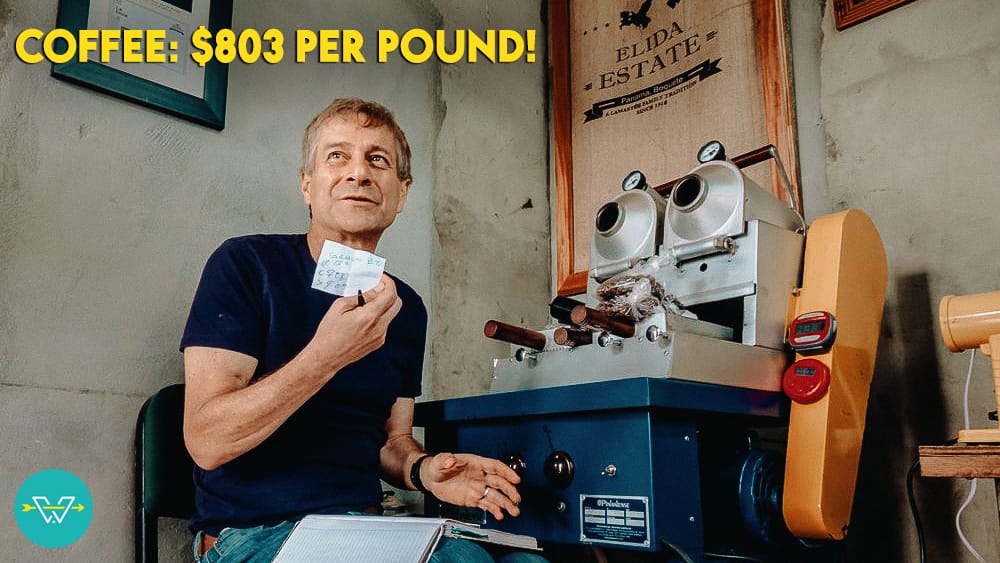
In case you’ve missed anything, we left the boat and have taken a road trip to Boquete with a few goals in mind. Find the lost waterfalls, see where the world’s most expensive coffee is grown and hike to the highest point in Panama. I am sure from the title of this post, you can guess which goal we’re reaching today.
Coffee is a daily ritual for us. We like the science behind making the perfect cup, along with all the different brewing methods, almost as much as we enjoy drinking it. Now we’re in Panama, a region where coffee is grown and it would be ludicrous to be so close to something we love to not see where it comes from.
Plus, we’re slightly obsessed with seeing how things are made, as well as developing a respect and understanding of where they come from. Like the time we went to Kentucky to learn about Bourbon. Our desire to learn, aka curiosity, is a huge driving factor behind why we live this un-sedentary way of life.
Even if you aren’t a lover of the rich brown caffeinated cup, it’s one of Panama’s prime exports and the world of coffee is exploding. One specific variety, Geisha, has put Panama on the map and drastically changed the market. People are flocking from all over the world, and willing to pay top dollar to get it. Geisha is, at this moment in time, the most expensive coffee in the world.
Our friend Ben owns a coffee shop in Tennessee called Crema. We shot him an email as soon as we had cleared customs into the country asking, do you work with any farmers in Panama, we’ve just landed in Bocas Del Toro…it would be awesome to connect with you or visit one of the farms you buy from. He quickly replied, one of our favorite farms and producers is in Boquete. A few email exchanges later and we were all set up to meet Wilford Lamastus, coffee farmer extraordinaire!
We were stoked to say the least, but we didn’t expect much more than a few minutes of his time. We thought, if we were lucky, maybe we would get a taste of whatever he was processing. After all, a famous coffee farmer in Boquete must be a busy guy. So, when I say we were completely blown away and overwhelmed by our experience…it’s not an exaggeration.
This is one of those times I wish virtual reality devices were far more advanced and included at least smell-o-vision. But, hopefully we have done the experience some justice. Go grab your favorite mug and join us!
I don’t know about you, but we were blown away. We knew growing and producing coffee was a lot of work, but hand harvesting and hand sorting is a very tedious process. I would want to be paid $601 per pound for my coffee too! The only thing I can think to compare it to is high end wine. We’ve visited a lot of vineyards over the years and these are parallel universes in many ways. The time and effort put into producing and processing the best possible fruit requires passionate people.
It’s doubtful we will ever be able to top this coffee experience and between Wilford, Graciano and Rachel, it’s certainly put Panama on the map in our hearts.
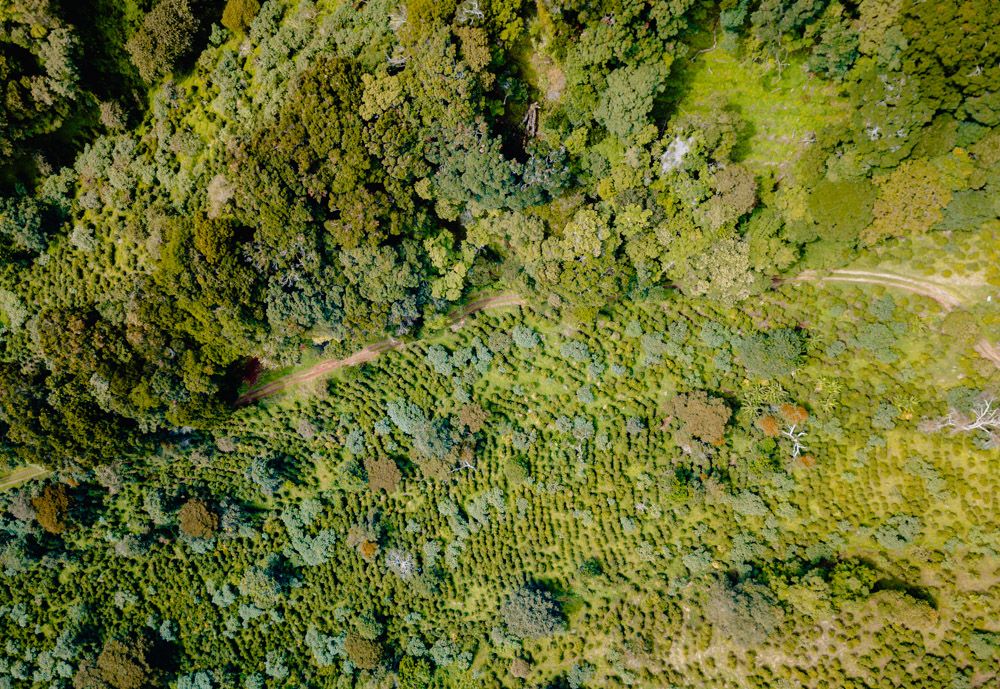
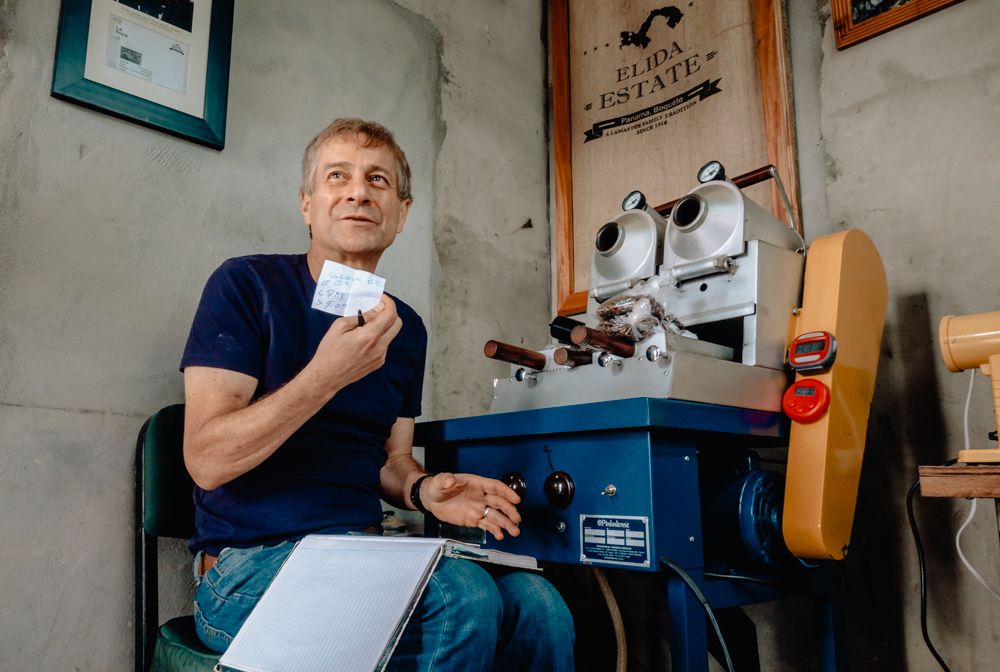
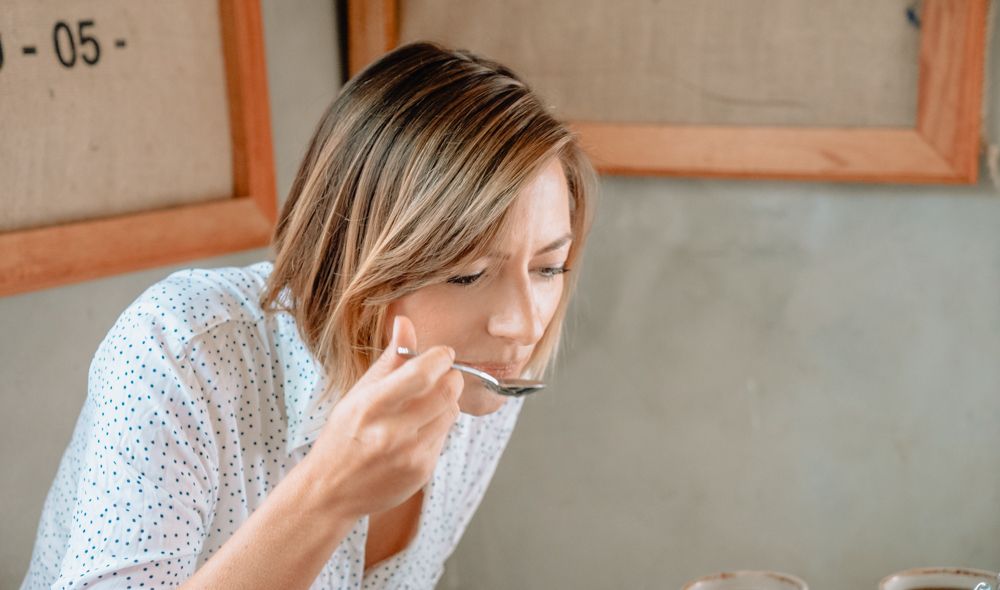
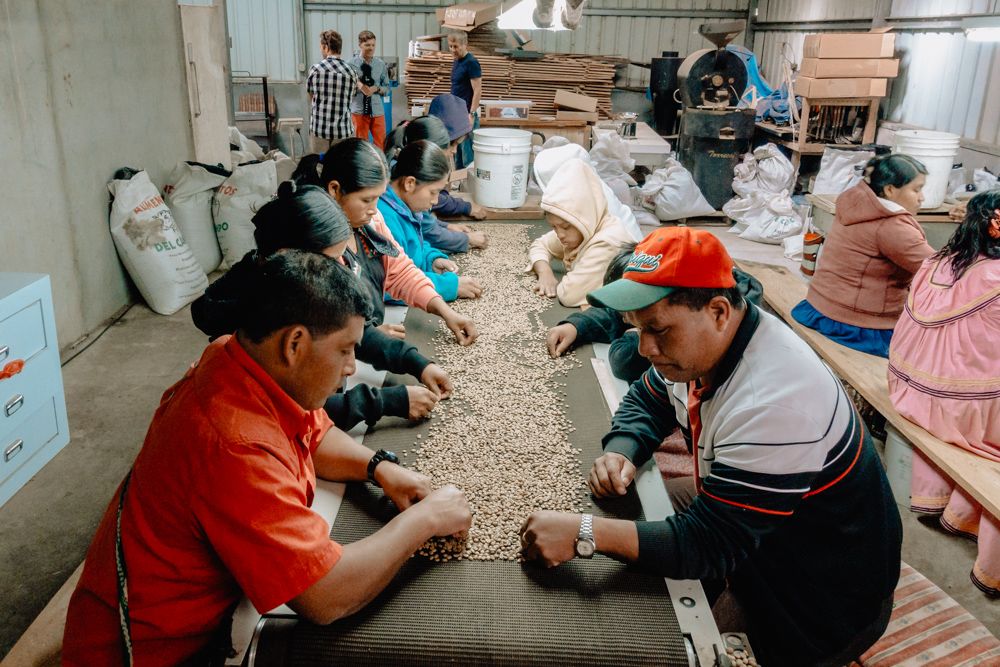
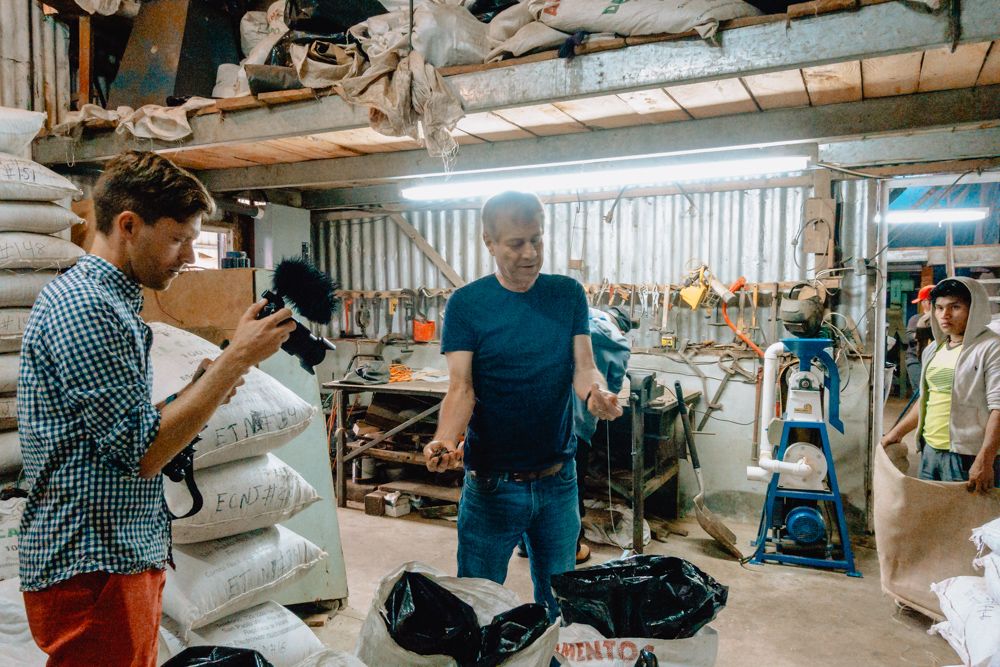
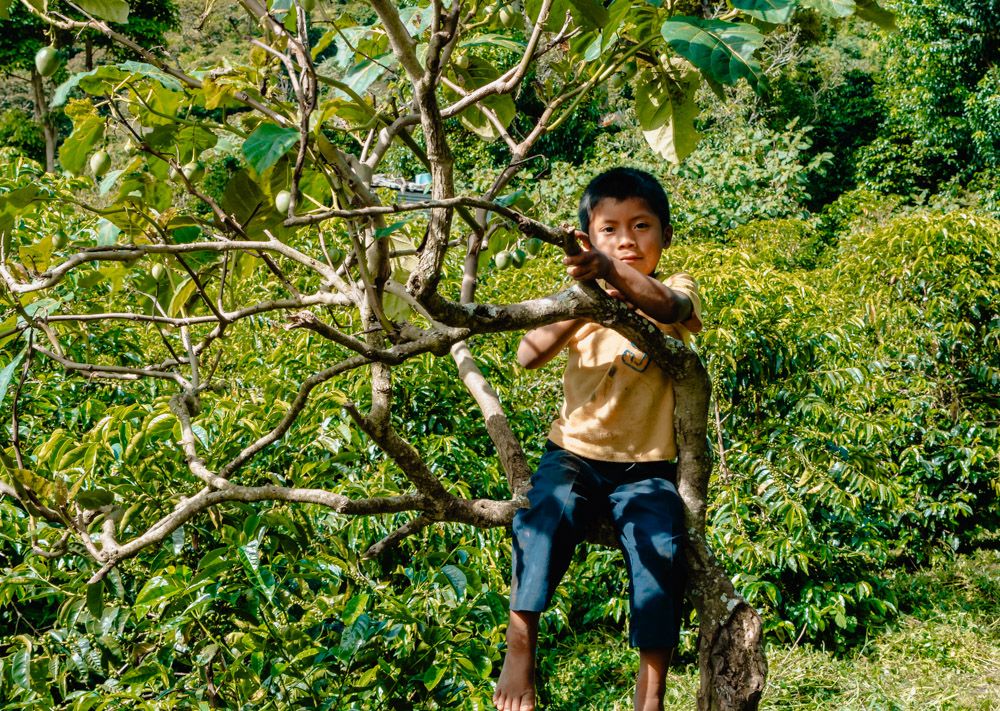
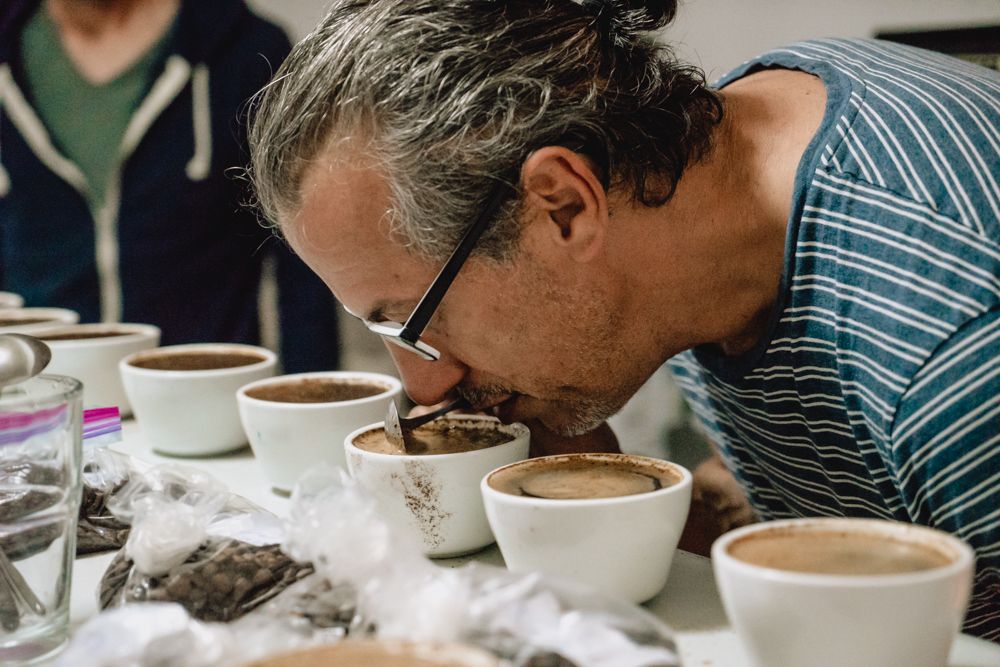
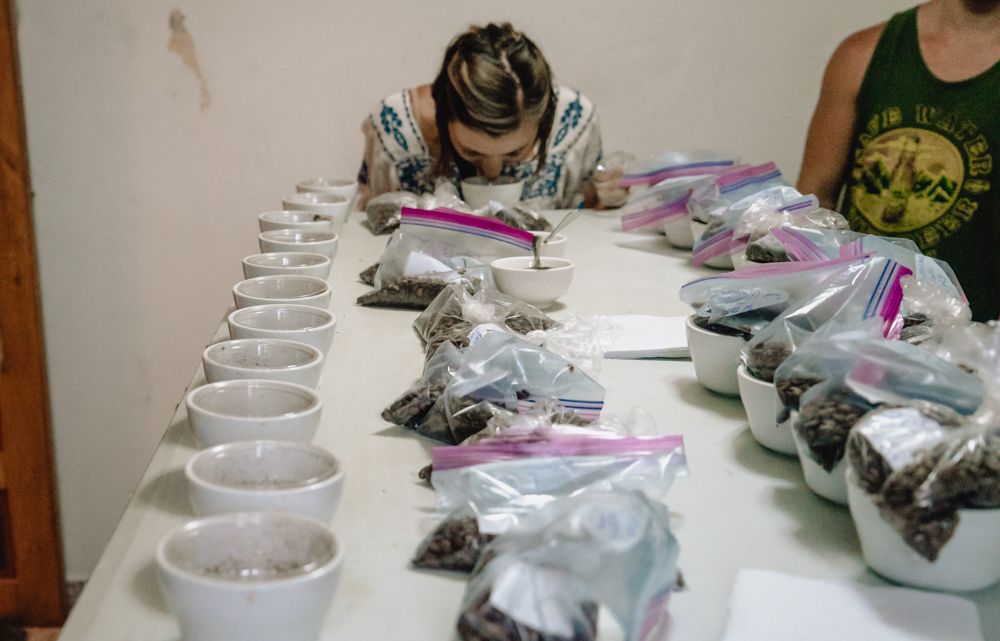
As luck would have it, I am sipping on a cup of Wilfords coffee now. Not Geisha, that’s above our pay grade, but an excellent natural processed Catui that was a very affordable $10 for a 12 ounce bag. We managed to pick some up at Bajareque in Panama City recently and it’s a little surreal having the flavors on my palate while sharing and reliving this experience with you.
What Did We Learn?
We learned more about coffee in these few days than we have in the past 10 years of drinking it. There’s no doubt my appreciation has drastically gone up for what it takes to get the grinds in my cup. I also have a greater understanding of the different processes and how that affects the way my coffee tastes. Here’s a quick breakdown:
- Elevation: We learned that higher elevation slows down the growth of the tress and it takes the berries longer to ripen. More time and work for the farmer but it produces dense beans with a desirable flavor. We’ll look for coffees grown around or above 4,000 feet (1,200 meters).
- Process: There are 3 different processes: natural, honey and washed. They all produce different flavors and we liked them all. But, we really liked the natural and honey coffees, and knowing they are the most environmentally friendly to produce makes them taste even sweeter.
- Variety: Catui, Geshia, Typica, Bourbon…I don’t know how many different varieties of coffee there are out there, but it’s a lot. They all have their own unique characteristics just like the different varieties of wine (Cabernet, Pinot, Bordeaux…)
- Roast: Every reputable coffee roaster, and now coffee farmer too, we’ve ever met…really emphasizes how bad it is to over-roast beans. Have you ever had coffee that tasted burned? It probably was. Light to medium roast is usually best if you want to taste the flavor of the beans. Specialty coffee, like the ones we experienced here, should be light roast. If maximum caffeine is your goal, don’t worry, light roast coffees provide the same buzz as the dark roasts. Stronger flavor doesn’t equal more caffeine.
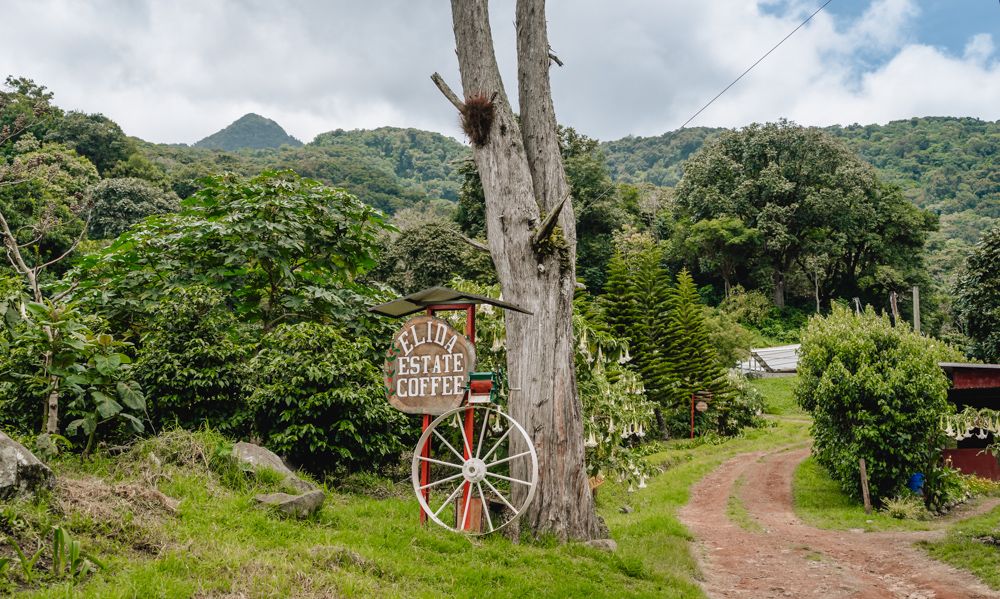
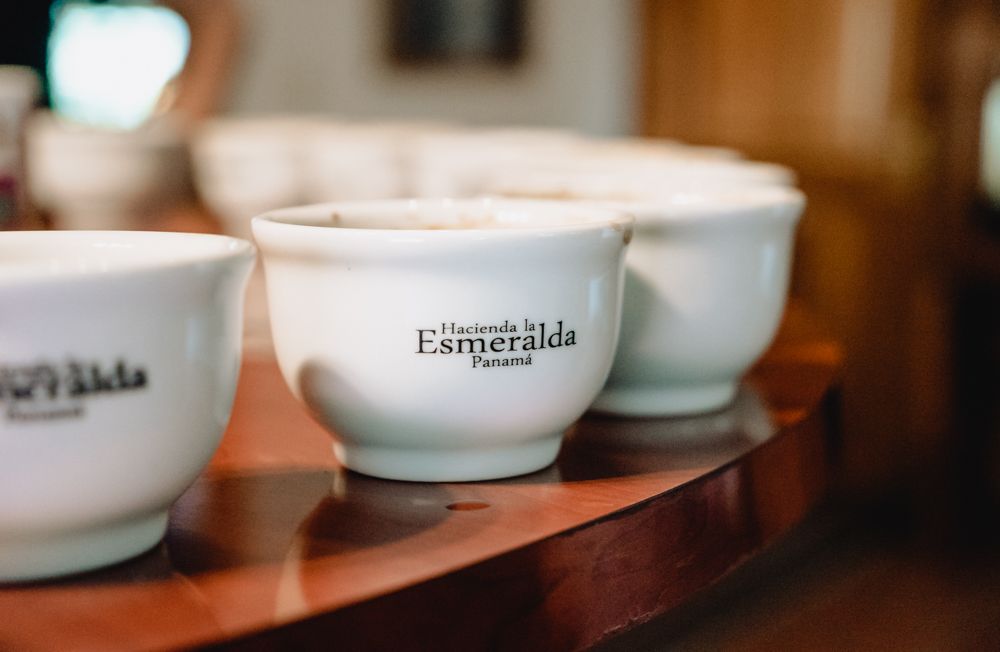
Is it Overrated? Is the world’s most expensive coffee worth it?
In the back of my mind I was hoping I wouldn’t think the Geisha was that much more amazing than any other specialty coffees I’ve drank before.
Of course we didn’t taste the batch of Geisha that sold for $601 per pound at auction, but our taste buds were on cloud nine with every spoonful that did enter our well-aerated mouths. I really didn’t want to be impressed by it…but dammit, Geisha is the most flavorful and complex coffee I’ve ever had.
Klatch Coffee bought the $601 Esmeralda and it looks like a single cup will run $55. I’ve even seen articles claiming certain coffee shops in Asia sell Geshia’s for up to $85 a cup. I personally couldn’t pay that amount of money for any single cup of coffee, but that’s simply because it’s not in my budget. The same as I wouldn’t purchase a $300 bottle of wine.
July 2018 Update: Turns out Wilford took home the bragging rights of the most expensive coffee in the world this year. His Natural Processed Geisha shattered the record for most expensive coffee in the world bringing a bid of $803 per pound. The top price was paid by Black Gold Coffee Co. out of Taiwan and the lot is called “Elida Geisha Green Tip Natural”. The Japanese roasting company Saza Coffee also purchased some of the same lot. So, Congrats to Wilford, and if you find yourself in Taiwan or Japan you can probably pick up a cup…for a really, really hefty price 🙂
I mentioned the parallel between coffee and wine earlier and I think it applies to the value proposition here. Wine from a specific vineyard could range anywhere from $5 – $500 a bottle. The price difference comes from the amount of work/time given to produce the bottle along with the quality of the flavors. The same applies for coffee.
As always, something is only worth the value we give it.
Some people don’t enjoy coffee or wine and wouldn’t be willing to spend more than $1 on a cup of coffee or $5 for a bottle of wine. They don’t want or need high quality. That’s ok. We happen to love and greatly appreciate the craft behind both. I wouldn’t think twice about spending $10 for a nice glass of wine at a restaurant. So, we gladly paid $9 to have a cup of Elida Estates Geisha in Panama City at Bajareque.
Luckily, we also liked plenty of the other more affordable varieties too, mostly the natural and honey processed coffees. Our big takeaway was that farmers who care this much about quality are naturally going to produce better beans all around. And while one lot of Geisha may sell for $601 per pound, the neighboring lot might be almost as good for $60 per pound. And the Typica or Catui grown on the same farm might sell for $10 per pound.
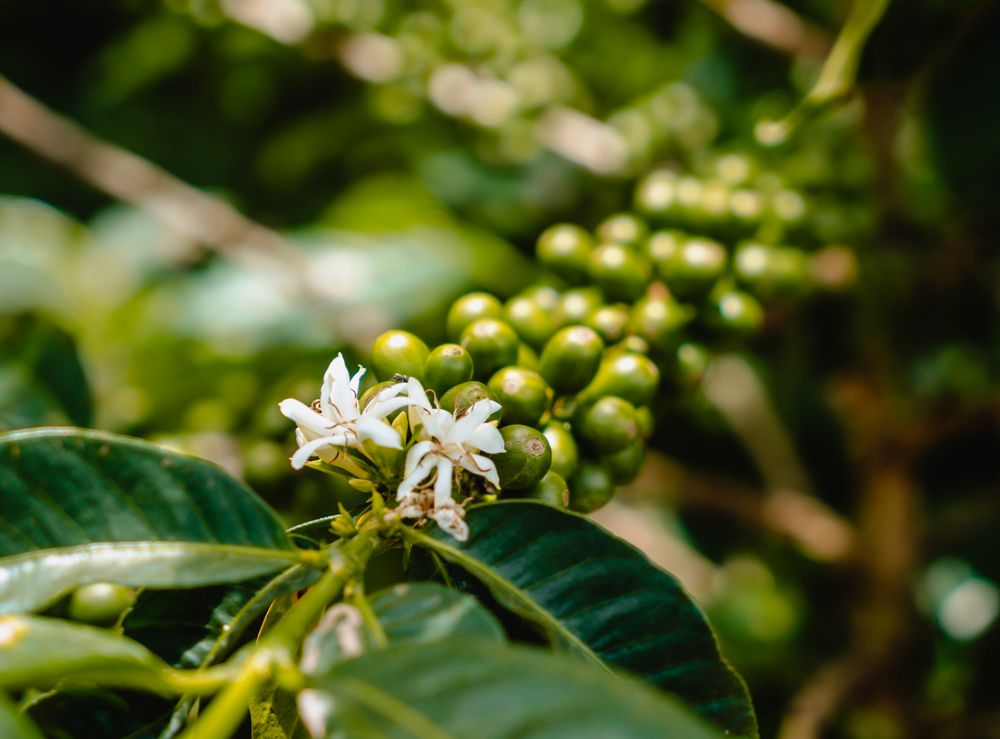
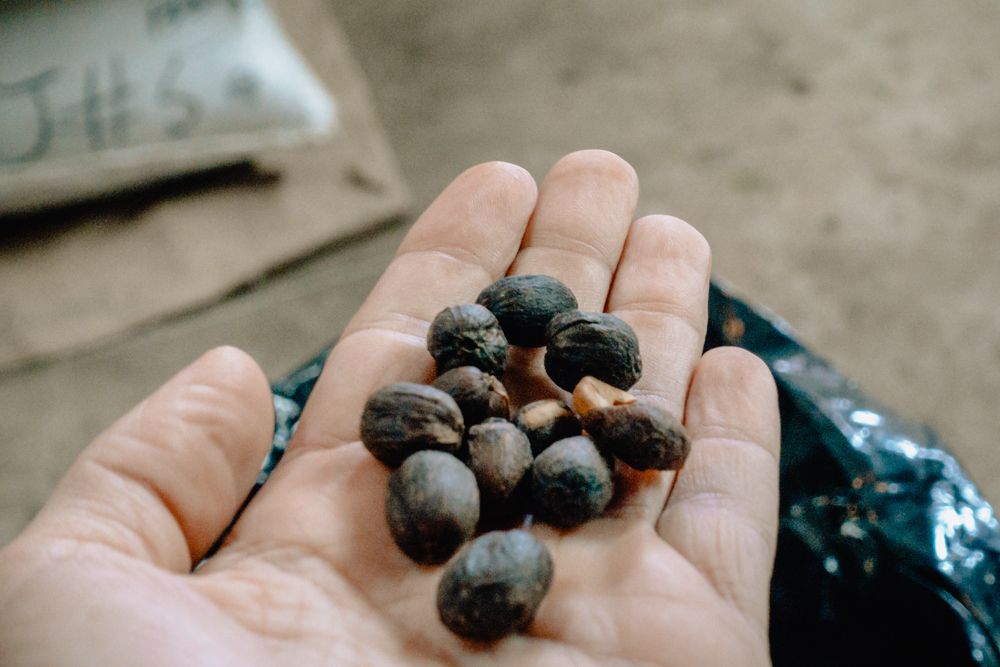
But the big question for us consumers is: How are we supposed to determine which coffee is actually good quality coffee?
Price and quality are not one in the same. How do we know when it’s worth it to fork over the extra money for a specialty coffee? How do we avoid those who are just trying to cash in by using the marketing value that comes with the words specialty coffee or Geisha?
I posed this question to our friend Ben because as a fellow coffee nerd, a guy who runs a coffee shop and has personal relationships with the farmers, I knew he wouldn’t steer us wrong. Here is what he had to say…
It’s a very relevant question today, it is hard to know when there are so many micro roasters and specialty coffee shops — seemingly on every corner now in affluent cities across the globe. So sometimes you have to step back and wonder, am I getting what I’m paying for?
My answer is this, you should never pay less for specialty coffee. Here’s why, specialty coffee (not commodity coffee) is picked by hand by economically oppressed families living in poor conditions at best (not always, but most often). It’s hard to say this strongly enough, really the only way one will appreciate the labor that goes into producing just one cup is to see production firsthand, such as what you two have done at Wilford’s farms. I am passionately convinced that no American who has visited a Latin American coffee farm would return to the states and ever complain about the price we pay for coffee.
But certainly, there are swindlers in the market. So, how does one know if the $65 cup of Geisha is really worth it? It’s all about transparency and reputation. Transparency means you should, at a minimum, be able to find on the bag of coffee: name of the farmer, farm, mill, altitude, variety, process method and how it was sourced (directly? through a third party?) Additionally, a solid roaster will typically have a blog with stories about the farmer, his/her practices and why the coffee is unique or special. Secondly, reputation. Wilford Lamastus has a reputation in the industry for the highest quality Geisha’s. Detailed information about his coffees can be found on many sites with a simple Google search.
Last, if you’re in doubt ask about the coffee’s score. Every coffee receives a score and a roaster should be able to explain the score to you. At CREMA our Co-owner and our Lead Roaster are both Licensed Q Graders. Keep in mind though, that even if the coffee is a rare varietal, was processed, stored and scored well, it doesn’t mean that it was roasted with expertise.
Some of the best coffees we’ve had did not arrive in a fancy package. As they say, fancy packaging does not a great coffee make 🙂 Think critically, if it has extravagant packaging it could be that the roaster has to make up that margin.
Oh, and very last…it’s ok if you don’t like the expensive coffees. Price does not mean it tastes better. Drink what you enjoy and be adventurous, you might find that the unique tastes of a Geisha are what you enjoy most, but maybe not, and that’s ok.
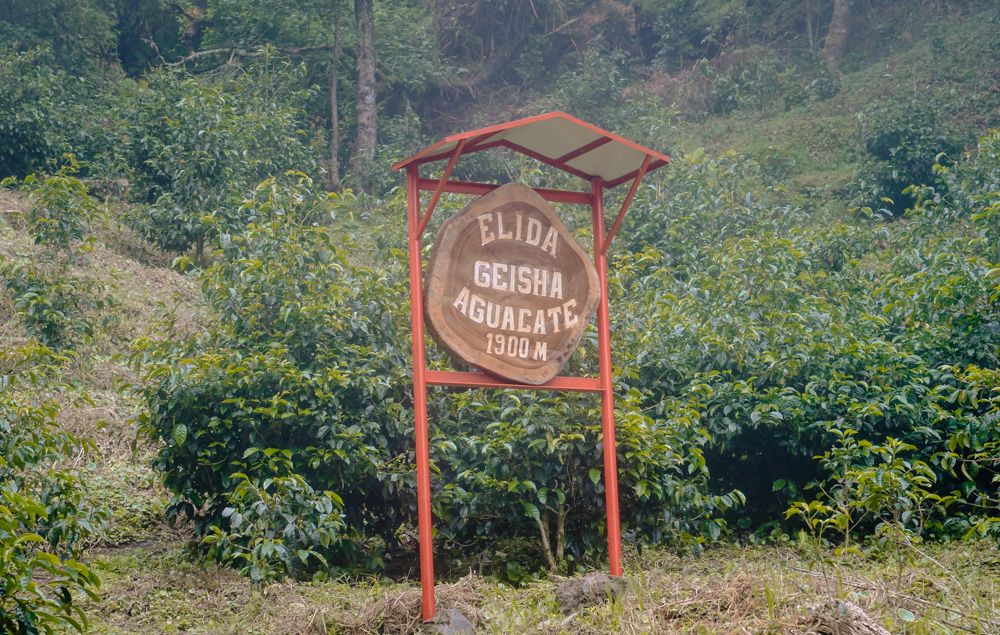
Where to Get Coffee From These Farms
Coffee farmers don’t often sell to consumers, they sell to roasters and distributors. Then those roasters and distributors store, roast and release the coffees at varied times. It’s no wonder they each gave me a blank stare when I asked about where we the end consumer could find their coffee. But, we’ve just raved about these individual farms, and what an amazing experience it was. So, you might like to get a hold of a cup to see what all the fuss is about. We did our best to list a few places that buy coffee from each of the farms. They may or may not have beans from these farms at the moment but I’m sure if you contact them you’ll be able to find out when they will.
- USA: Crèma Coffee – Considering Ben is the one who introduced us to Wilford (thanks Ben!), we know you can find excellent coffee, and some from Elida Estate at his shop in Tennessee or order from him online (I think he does free shipping promo’s a lot). He is now pre-selling one of Elida’s Geshias if you feel like springing for it (let us know, we’ll come over for a cup!). He also has a blog worth checking out and we especially love this post is about the work Wilford and Rachel are doing to give back to their community: crema-coffee.com/blog/what-your-coffee-purchase-can-really-do
- USA: Verve Coffee (we’ve visited these guys in Santa Cruz and they are doing amazing things with coffee), Equator Coffee & Teas, Portola Coffee Lab, Klatch Coffee
- Australia: Campos Coffee, Proud Mary, Sensory Lab, Seven Seeds, 5 Senses
- Japan: Maruyama Coffee
- Taiwan: Ok Lao, Haayas Gourmet Coffee, Waka Coffee, Cafe Lulu, Linking Coffee, Pebble Coffee
- Norway: Kaffa
- Sweden: Johan & Nystrom
- Korea: Cafe Libre
- USA: Flying Goat Coffee, Cafe Grumpy, Speckled Ax
- Sweden: Johan & Nystrom
- Netherlands: Boot Koffie
- Czech Republic: Double Shot
- USA: Klatch Coffee, Bird Rock Coffee, Peerless Coffee and Tea, Kean Coffee
- Australia: Normcore Coffee Roasters, Campos Coffee
- UK: Northern Tea Merchants
Road Trip Report
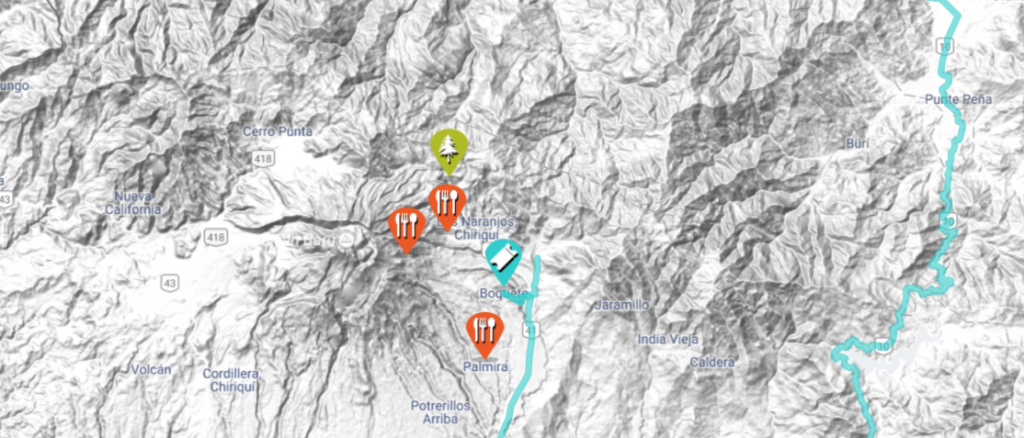
- Dates Stayed: August 24 – 31, 2017
- Farms Visited: Elida Estate, Los Lajones, Hacienda la Esmeralda
- Anchorage: We left Curiosity docked at Red Frog Marina on Isla Bastimentos.
- Where We’re Staying: Fireside Inn and Grill. We paid $54 a night, it was basic and marginally clean but a friendly and an inexpensive base camp for the week. Our options were limited because of the cats and needing a pet friendly place to stay. Otherwise, we would have picked another location.
Poop Coffee
Just in case you’ve seen any stories floating around about the famous poop coffees and how they are the most expensive, the new record is indeed Hacienda la Esmeralda’s Geisha. Don’t know about poop coffee? Here are the two I know about, and no we haven’t tasted them:
- Kopi Luwak – coffee produced from beans that have passed through a civet cat.
- Black Ivory – coffee produced from beans that have passed through an elephant.



